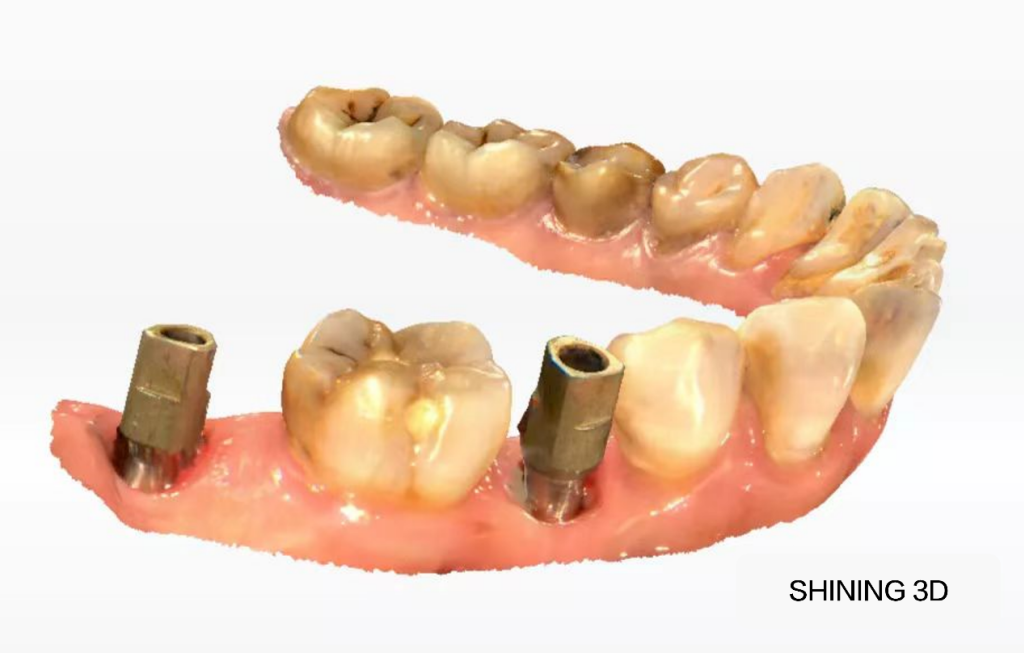At the beginning of March this year, we went to Beijing and interviewed Sun Yuchun, professor of prosthodontics, chief physician and doctoral supervisor at Peking University Hospital of Stomatology. Professor Sun explained that while he had used many brands of intraoral scanners — both domestic and foreign brands — the Shining 3D Aoralscan 3 Intraoral Scanner are at the forefront in terms of accuracy and clinical application coverage.
In this video, Prof. Sun demonstrates fixed & implant restoration scanning by Aoralscan 3 Intraoral Scanner, providing some useful tips about how to achieve accurate data quickly and efficiently.
Subgingivalshoulder scanchallenges: :
Dr. Sun prepares a full contour inlay veneer after tooth preparation. If there is a subgingival shoulder, gingival retraction must be done. Just like traditional impression taking, if the gingiva is not retracted, the impression material will not penetrate into the area. Similarly, the light will not reach the subgingival shoulder margin line, and the outer margin line will not be clearly scanned.
Dr. Sun suggested solutions – double cord method:
He recommends opting for the double cord method for gingival retraction, which uses a slightly thinner gingival retraction cord on the first layer to support the tissue surrounding the margin, so that it does not collapse. Do not take the cord out while scanning. The second layer is slightly thicker, such as double zero gingival retraction cord. Using it with a retraction paste can temporarily separate the gingiva from the shoulder of the margin to form a gap. This ensures that the outer margin line and the complete shape of the subgingival shoulder of the tooth preparation can be obtained clearly with the scanner.

Aoralscan 3 Intraoral Scanner accelerates workflow
Because the intraoral scanning speed of the Shining 3D Aoralscan 3 Intraoral Scanner is very fast, you don’t have to look at the screen during scanning. The scanning is very fluid and it is difficult to have staggered layers and disconnections. When you look at the shoulder, it has extended to the subgingival shoulder, which is very clear. And the margin of the crown can be determined accurately.
Implant Scan Tips
For implant scanning, Dr. Sun offers a highly implementable solution with Aoralscan 3 Intraoral Scanner . The purpose of scanning is to clearly scan the mesial gap surface of the teeth adjacent to the implant. This is conducive to forming a more accurate approximate contact relationship.
Step 1: scan the partial dentition and emergence profile without the scan body to better obtain the mesial gap surface of the adjacent teeth of the implant.

Step 2: insert the scan body and scan the 3D body of it.

Aoralscan 3 Intraoral Scanner is more than you expect! The following is an oral scan data set of implant cases.
 ENG
ENG









